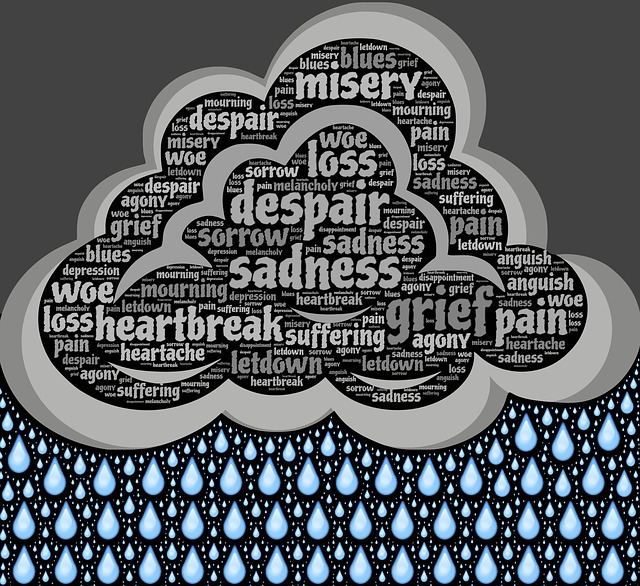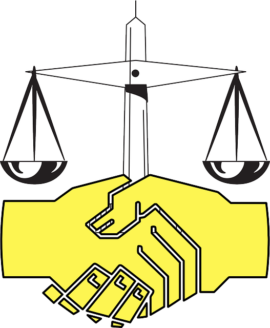 General Damages in Washington include disability, loss of enjoyment of life, pain and suffering, and disfigurement. In this post we discuss suffering. Suffering is often lost when general damages are discussed at trial. One reason is it is lumped together with pain as in pain and suffering. The tendency is to then ignore suffering. This is unfortunate and a mistake as suffering is separate from pain.
General Damages in Washington include disability, loss of enjoyment of life, pain and suffering, and disfigurement. In this post we discuss suffering. Suffering is often lost when general damages are discussed at trial. One reason is it is lumped together with pain as in pain and suffering. The tendency is to then ignore suffering. This is unfortunate and a mistake as suffering is separate from pain.
To understand suffering let us juxtapose it to pain. In a significant personal injury case, and any personal injury case that presents with permanent personal injuries is a significant personal injury case, we readily have an understanding of pain. Pain is learned as a baby, and instilled into our minds by the time we graduate from toddler-hood. This is because to understand pain we must experience pain. The same is true for suffering. Suffering is generally not understood until a more advanced age because it is more complex then pain. Suffering has a major psychological component that requires a mature outlook to comprehend.
Suffering is emotional. Suffering is dealing with loss. It becomes easier to understand suffering when we imagine or remember our feeling when we have lost a loved one or a pet. When this type of tragedy happens we do not have physical body pain as in a burn. The emotion of suffering is deeper. It is felt in the psyche. It is the feeling that comes from emotional loss. Suffering presents when we no longer have the emotional support of our loved one or pet. This distinction allows us to understand suffering in the context of it occurring after the loss of a loved one or a pet.
But what about suffering in the context of the injured person. This is more complex. Here we need to recognize we all see ourselves in certain ways. The unique talents we possess are often based on a combination of genetic luck and hard work. For example the ability to do something athletic such as play golf or tennis at a decent level, bicycle or run, play baseball, basketball, soccer or another team sport. When we have such an ability we see ourselves as an athletic. When we have intellectual talent such as in the ability to solve technological problems, or practice in a high level profession, we identify with yourself as a person who possesses a unique physical skill or an ability that contributes to society.
When we lose this physical or intellectual talent we no longer see ourselves in the same way. We have to accept our new identity- the person that exists without the level of ability we had before injury. This does not physically hurt but the change in how we see our diminished self is an identity loss that is every bit as great or greater then physical pain. This is suffering.
Post Footer automatically generated by Add Post Footer Plugin for wordpress.

 A personal injury lawyer is often called upon to arbitrate his client’s case. This post written while I prepare for an arbitration discusses personal injury arbitration.
A personal injury lawyer is often called upon to arbitrate his client’s case. This post written while I prepare for an arbitration discusses personal injury arbitration. Today’s legal climate is largely the result of a concerted tort reform
Today’s legal climate is largely the result of a concerted tort reform  A quality lawyer is a balanced lawyer. Balance means balance in our life in the law and in our life outside the law.
A quality lawyer is a balanced lawyer. Balance means balance in our life in the law and in our life outside the law. Some thoughts on the ups and downs of being a personal injury trial lawyer. First the ups:
Some thoughts on the ups and downs of being a personal injury trial lawyer. First the ups:
 The United States Supreme Court will decide next month whether to hear a case involving the infamous
The United States Supreme Court will decide next month whether to hear a case involving the infamous  The issue of “civility” among lawyers is being discussed in Washington. This post sets forth my input on dealing with the opposition lawyer.
The issue of “civility” among lawyers is being discussed in Washington. This post sets forth my input on dealing with the opposition lawyer. In a wrongful death case the jury is required to place a monetary value on human life. This post discusses different ways our society places a value on a human life:
In a wrongful death case the jury is required to place a monetary value on human life. This post discusses different ways our society places a value on a human life: To understand wrongful death law we must start in
To understand wrongful death law we must start in 